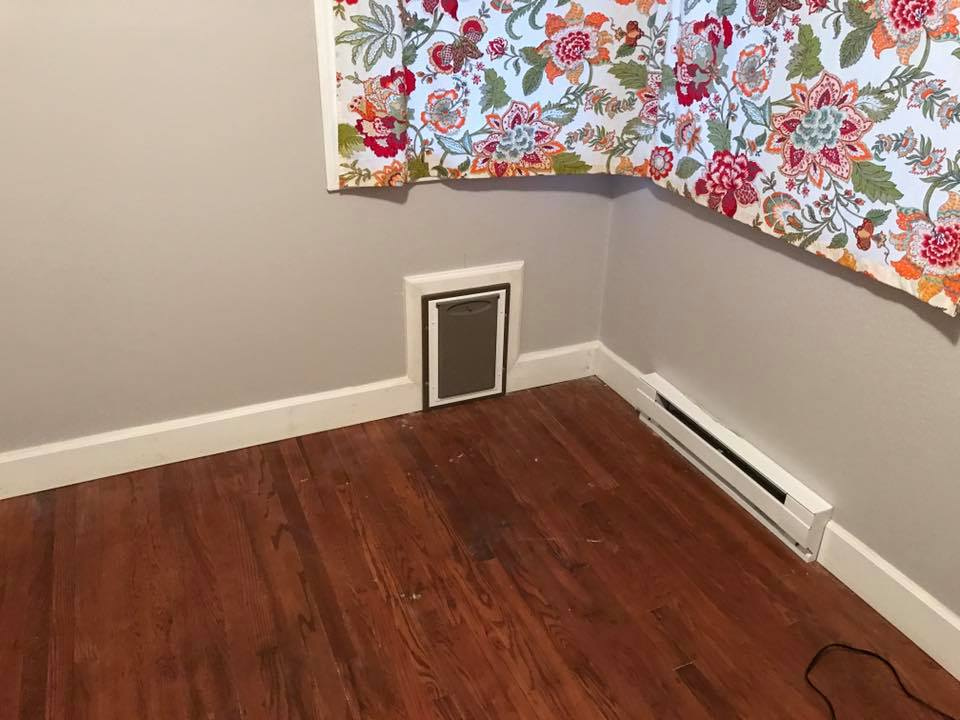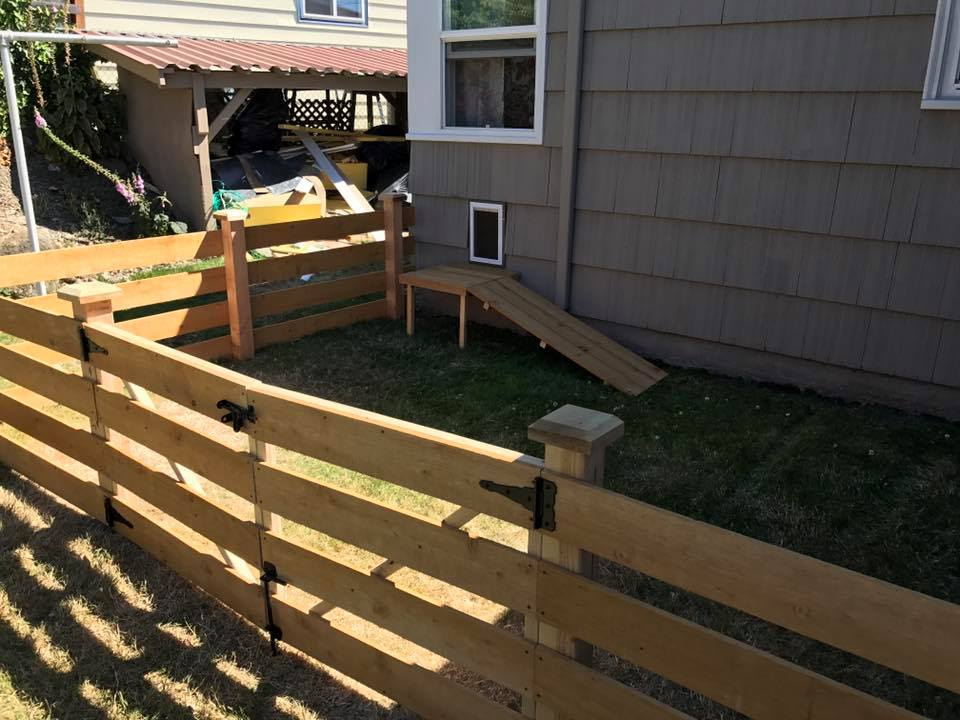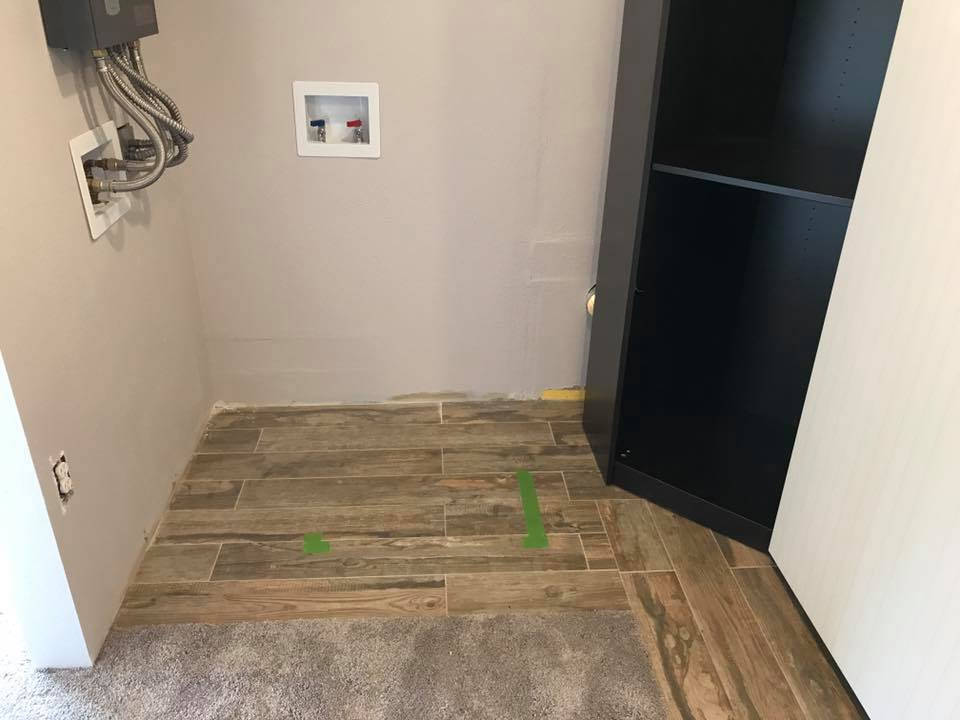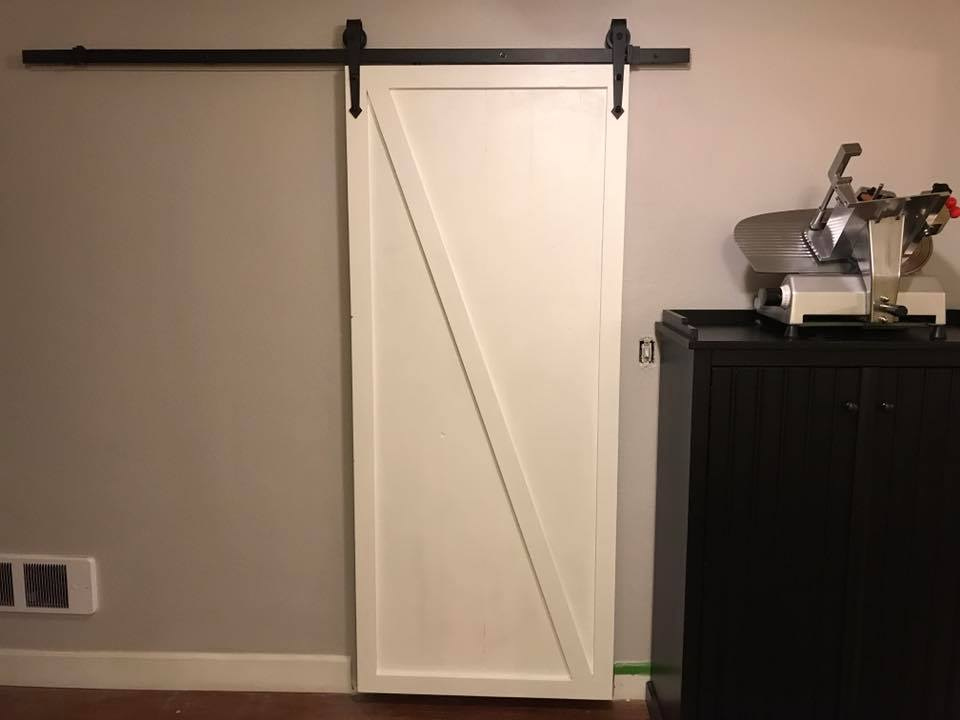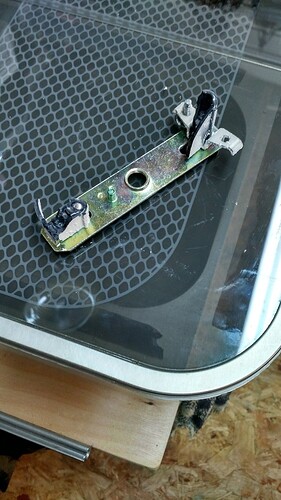Don’t envy you the rewiring jobs - no fun! (Cute BB.) 
Nice work!
A lot of aluminum wiring happened in the late '60s and early '70’s, and later was found to be problematic connecting to copper because of a large thermal expansion differential between the metals.
The aluminum expands much more than copper and the thermal cycling causes separation between the metals creating cumulatively higher resistance until eventually temperatures that can ignite surrounding materials is reached.
The circuits with heavier loads are more susceptible to issues, so it was a good call to replace that run for the range.
Remodeling a 1911 house gave much more of an education than I had anticipated. I know your pain… And ‘saga’ was an apt title for that journey!
I shudder to think of this house in the hands of someone not as competent with electricity as you. It sounds like the wiring was quite dangerous!
The last time I had the honor to work on cloth wrapped aluminum wire was back when I was 10 assisting my uncle to in stall a new intercom system in the house he and my mom had been raised in. You know that stuff smarts when you come in contact with it while crawling through blown in insulation and you put your hand down on a section that the cloth has thinned. Old 1950’s ranch house construction in California.
Thank you. Mostly I learn this stuff on the fly. I mean I understand the basics of electrical wiring, it is actually a fairly large part of what I do, even though I’m not an electrical engineer… but the traffic signal equipment that I design needs to be powered in certain ways, so it becomes an important part of what I do.
Question for any electricians or electrical engineers out there. This came up while I was You-Tubing how to wire a 4-prong outlet. In the breaker box the ground and neutral landings are connected to each other. So why do I need both a ground and a neutral if they both connect to the same thing in the panel?
It looks like I’m a bit further behind on photos than I thought. Here are a few other recent pieces of work…
Finished doggy door from the inside of the guest room.
Finished dog yard. She gets out of it pretty easily though, jumping over the fence from the landing at the doggy door. I will be building a little roof over the landing and will lattice that side of it.
Closet/Laundry room with finished tile and carpet, and mostly finished closets (Ikea).
And with washer/dryer installed. Still need to add a cabinet to the left of the washer/dryer, and a little panel between the corner closet and the washer/dryer, then figure out what to do from the top of the cabinet to the ceiling to make it look like an actual built-in.
Barn door under construction. My friend Tim came up from CA and helped us out a ton, and this barn door was all his work!
Another piece that took a bit of research, too long at Home Depot, and a couple of tries…
The barn door hung and ready to go. The only issue is that it is too far off the floor for the lower guide track to work. I need to build a guide to attach to the baseboard for the time being.
This is my guess from almost having gotten myself and my whole crew killed doing lighting for a dance show in college: the neutral is the return for the power; the ground is the, uh, ground for if something goes wrong. Often attached to the casing of your device. There’s enough resistance/reactance between you and the breaker box that using one wire for both purposes could make significant voltage/current available to the body of the user if the planets align.
(Oh, yeah, that almost killed was someone had miswired the plug for the main dimmer so that ground was hot. No one noticed because the first three lighting poles we placed were on a wooden floor. The fourth was on stone/concrete, and whenever we tried to test the lights on those circuits, the breaker would blow. If anyone standing on the stone had touched part of the poles standing on the wood…)
While we are discussing electrical, this happened today. Didn’t get a before picture, but the issue was the 4 bulb kitchen light fixture was hanging by the ground wire. The thread bosses in the ABS ceiling box failed…
I couldn’t believe it. Never saw anything like that. the fixture weighs about 5 pounds, maybe. Well options were to cut a hole in the ceiling big enough to relpace the box, or… yeah.
Just like outlet boxes, these are nailed to a stud (rafter in this case). So Being me, I innovated a fix.
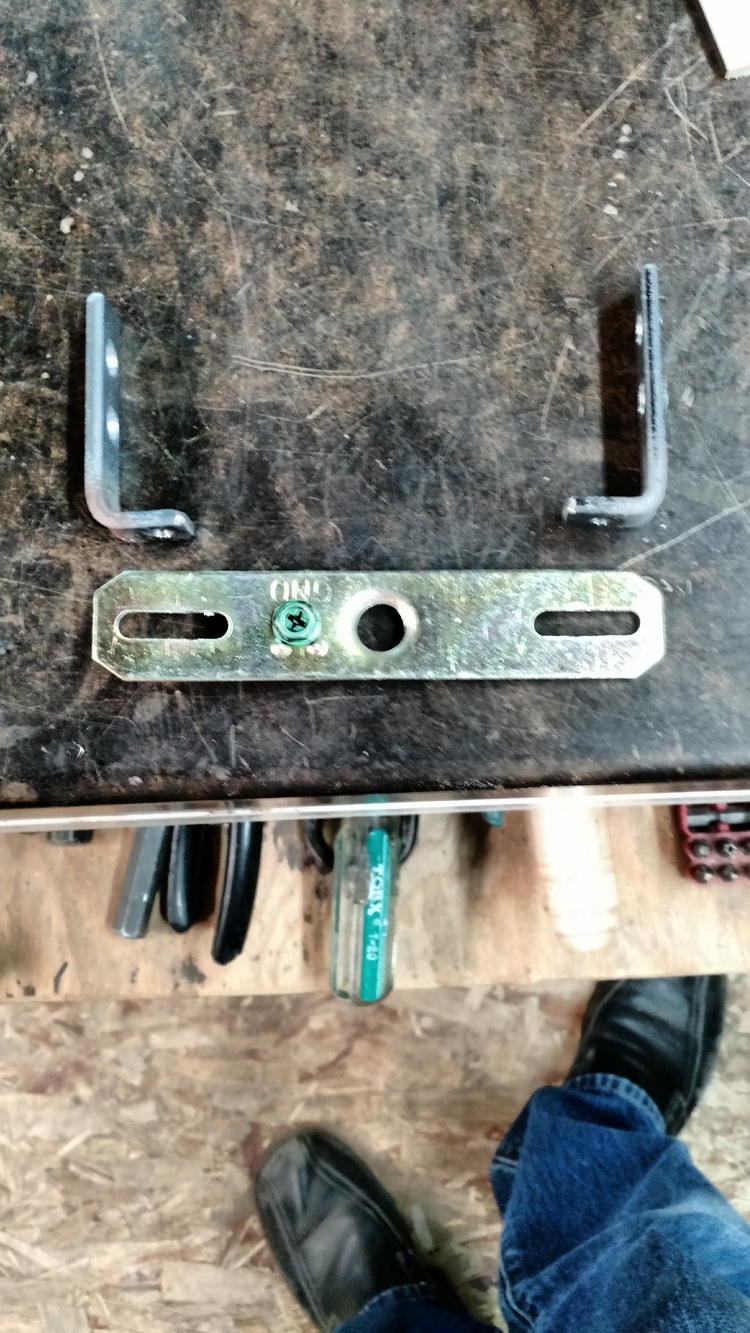
So one side butts to the rafter, which is a great anchor for a meat eating wood screw. A couple of custom 1/8" steel brackets drilled and tapped as required took 20 minutes. Less time than a trip to Home Depot to get a replacement box - with the bonus of not needing sheetrock repair on the ceiling. Tools required; a 6" bench vise, a hammer to talk to the steel with, drill press and tap and die set.
The one bracket screwed to the rafter will support the fixture by itself easily, with greater capacity than before. The other bracket is only screwed to the wall of the box, but the load is a sheering load on the fastener, and will easily support the load it shares with the other.
In case you were wondering, yes the circuit is hot. Touch only one lead at a time, and your good. Touch anything else that gives a ground - and you chose poorly. Work one lead at the time and keep the other capped - and don’t touch anything else. Guess how I know that. It will come as no surprise that in 62 years I’ve been ‘hit’ many times. Not really painful anymore, just pisses me off at the speed of light.
Dude! 
I’m not either of those but I’ve done plenty of household electrical work so I’ll give it a shot.
You’ll notice that a lot of things around the house don’t actually have a grounded plug. My plastic toaster, coffee maker, electric kettle, vacuum cleaner, fans, etc. - all things that draw a decent amount of power - don’t. The reason is that they are double insulated - built in such a way that they have a plastic casing, or if they have metal they’re designed such that there’s no way that current can come into contact with the metal.
The entire reason for a grounded plug is to ground the casing of the appliance. That way, if something goes wrong and live current gives the casing an electric potential, it goes to ground via the ground pathway rather than through a person.
Where grounded wiring in general is concerned, I notice that standard Romex cable is built with the hot and neutral wires on the outsides, with the uninsulated ground wire between. That way if the insulation does break down on either the hot or neutral (or if someone drives a nail right through the cable) then they’ll contact the ground and short out the breaker. Not 100% sure this is intentional but it makes sense to me.
I guess the real question is, is the Glowforge double insulated? It’s an entirely plastic case, so I imagine so, but I’m curious to see what the ground wire connects into.
I think the GF will be a class 1 device that requires a ground, not a double insulated class 2 device. It has a plastic case but there is exposed metal underneath and inside. Anything with a large switch mode PSU usually needs a ground connection for EMC reasons.
So the difference is that the ground wire inside the appliance, whatever it is, is not connected to the electronics of the appliance, but to the case or some metal element within the appliance? So while in the breaker box the ground and neutral are connected to the same thing, they aren’t connected to the same thing at the appliance end.
Ok. That makes sense.
If the case was connected to neutral at the device end it would be very dangerous because a break in the neutral would make it become live through the device’s impedance.
Grin, grimace, tears - the whole gamut of emotions. At a certain point, “electrical engineer” becomes “grounding engineer” since that’s what most difficult problems are related to.
You put big sheets of wood on your Mini, you’re bad ass!
I understand how the easy things don’t always go that way. My kitchen had two cheap paper cone speakers in the ceiling that I wanted to replace.
After I removed the old speakers I probed the ceiling with a stick determined there weren’t any joists in the vicinity. I started cutting the new hole and, yup, ran into a joist. It tuns out that the drywall is hung on furring strips and my probe of the pocket slid right under the joist.
Can you say “time to do some patching?” I knew you could. ![]()
One word…escutcheon. 
Welllll, escutcheon me!
College physics department. Big honking chiffarobe-sized detector thingy operating in the hundreds of MHz. Even with copper everywhere they couldn’t get “ground” below about 200V.
